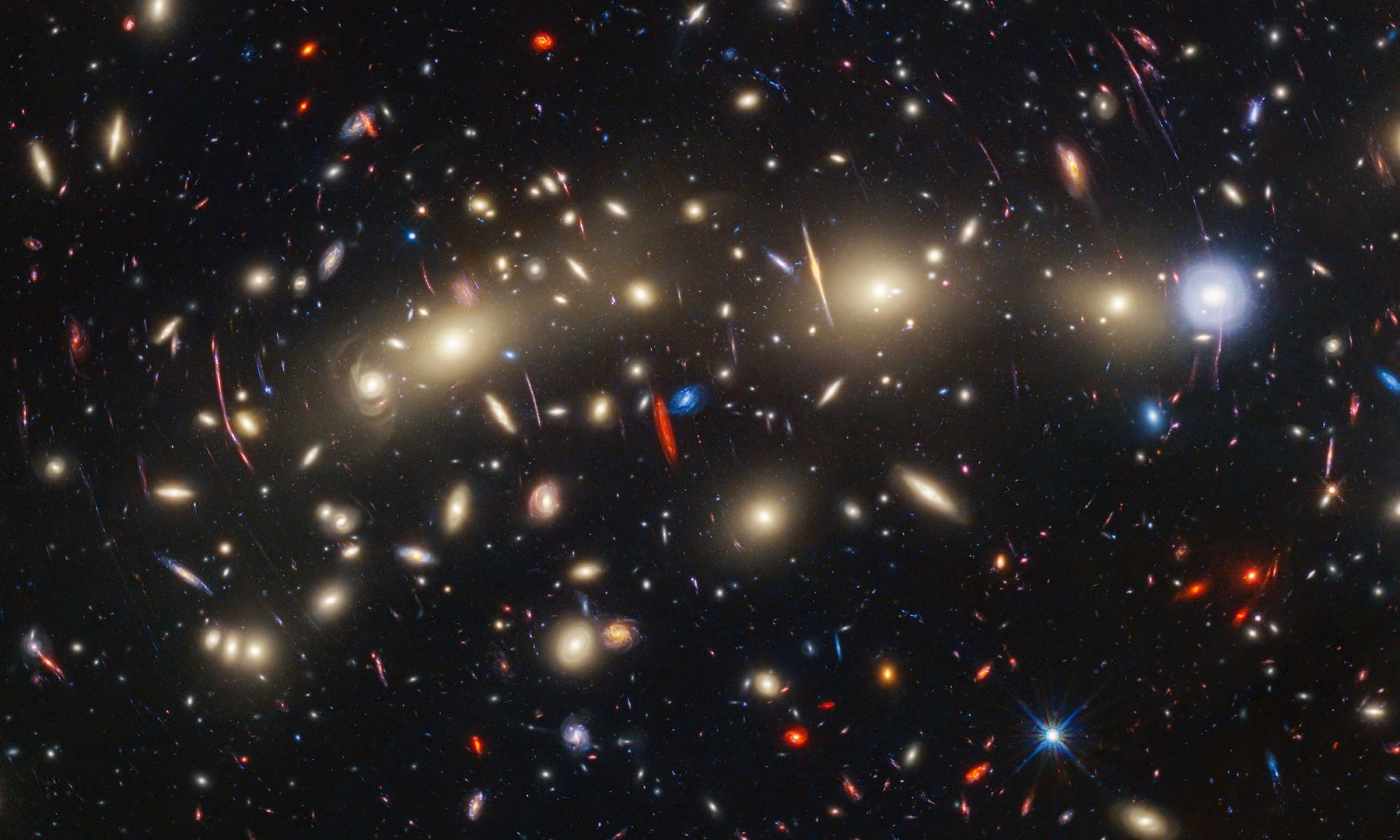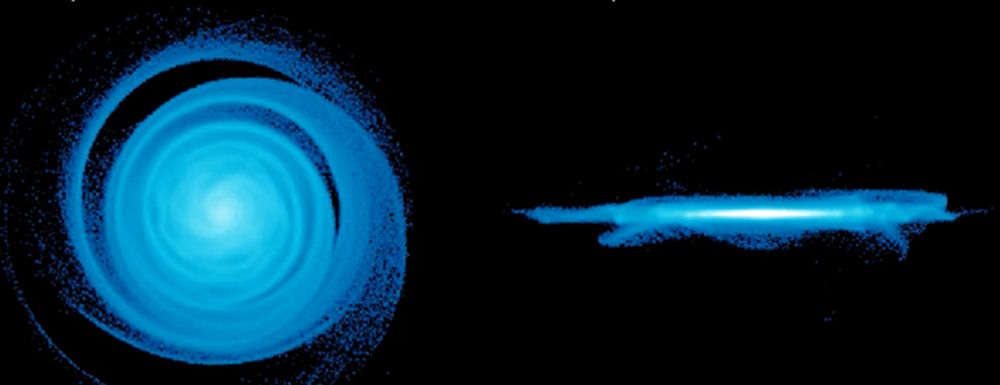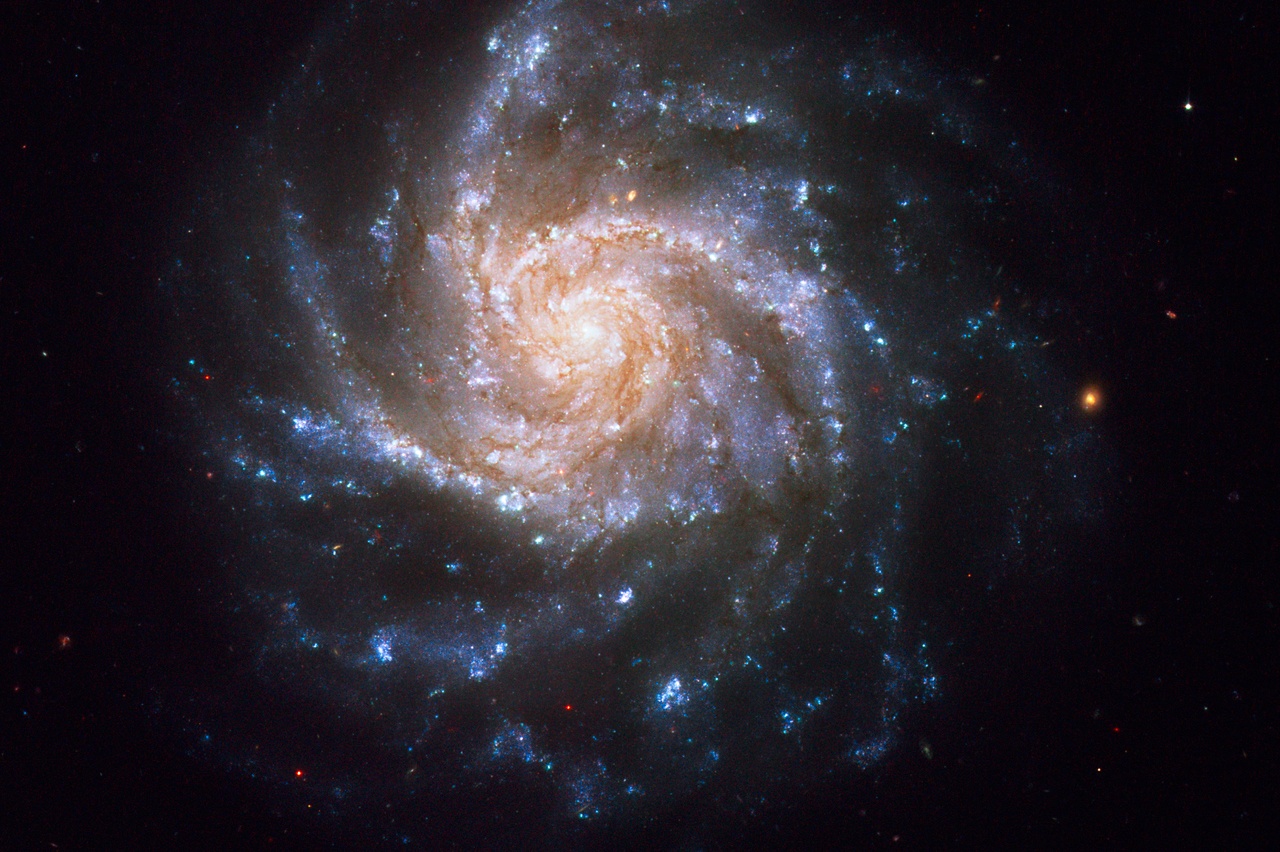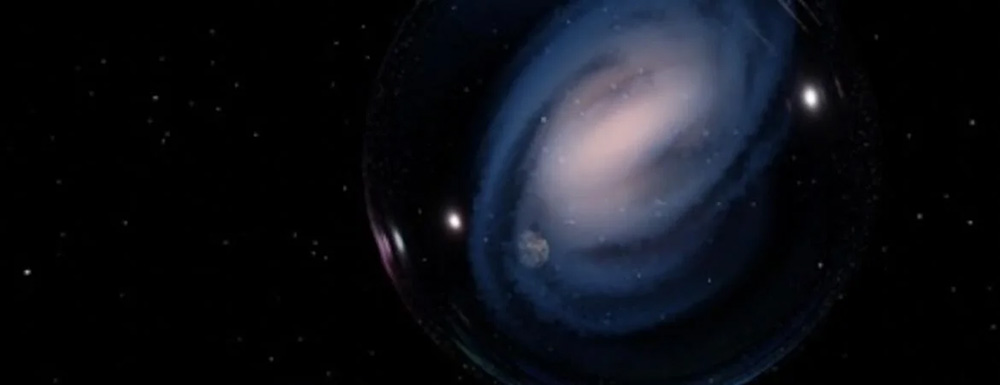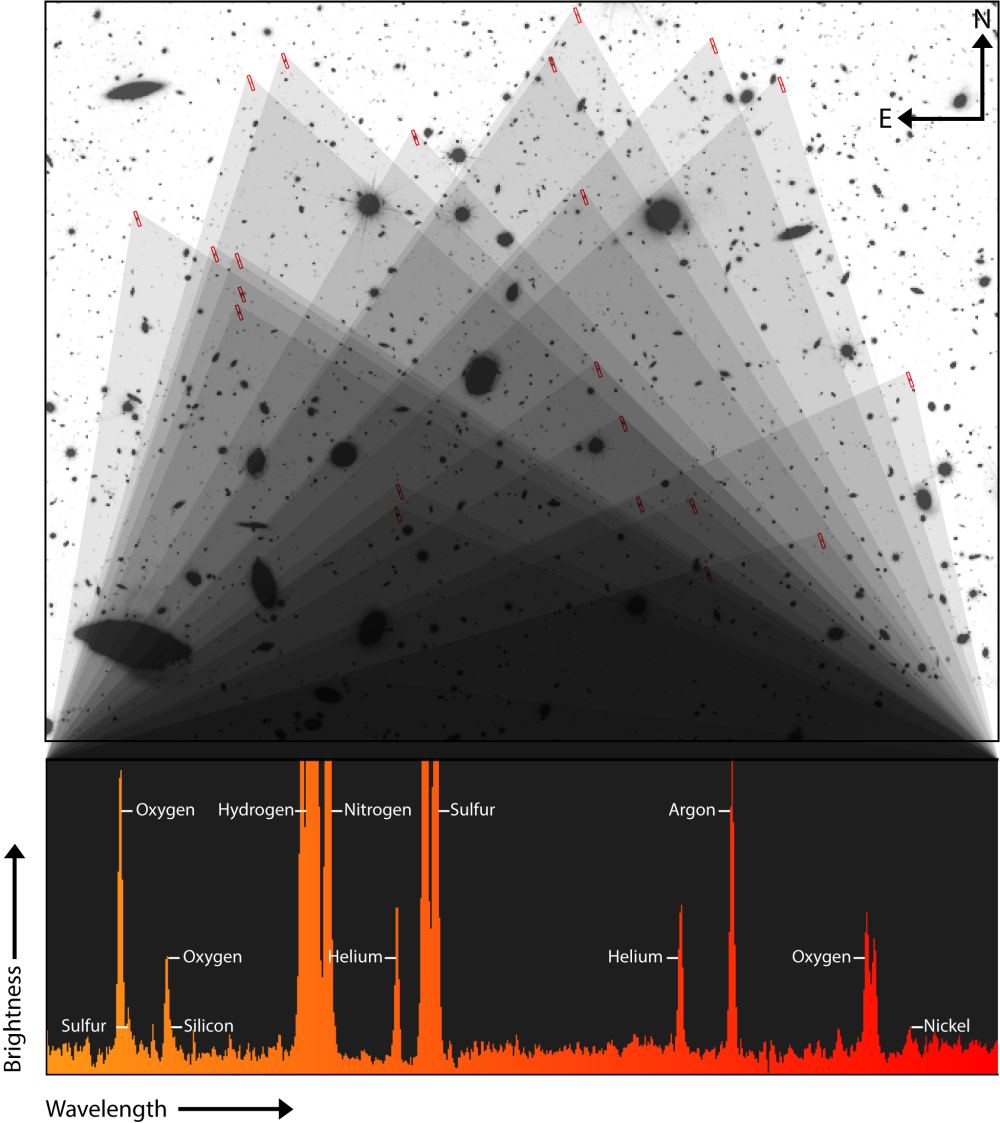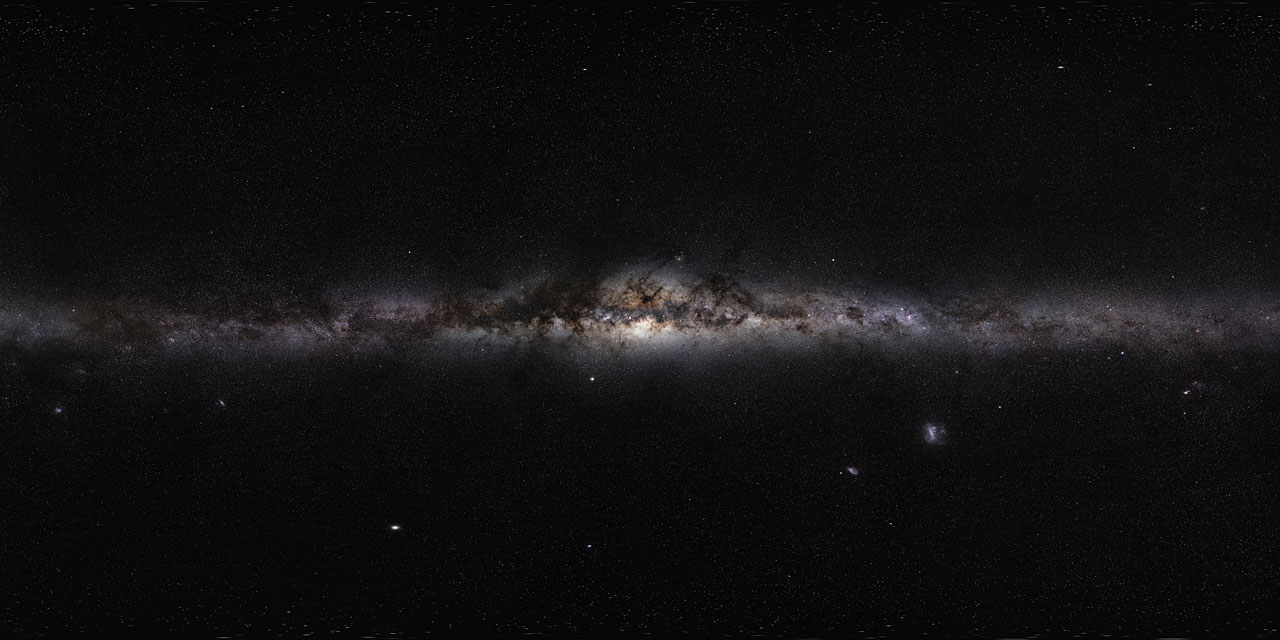One of the central factors in the evolution of galaxies is the rate at which stars form. Some galaxies are in a period of active star formation, while others have very little new stars. Very broadly, it’s thought that younger galaxies enter a period of rapid star formation before leveling off to become a mature galaxy. But a new study finds some interesting things about just when and why stars form.
Continue reading “Gigantic Galaxy Clusters Found Just Before They're Awash in Star Formation”Gigantic Galaxy Clusters Found Just Before They're Awash in Star Formation
